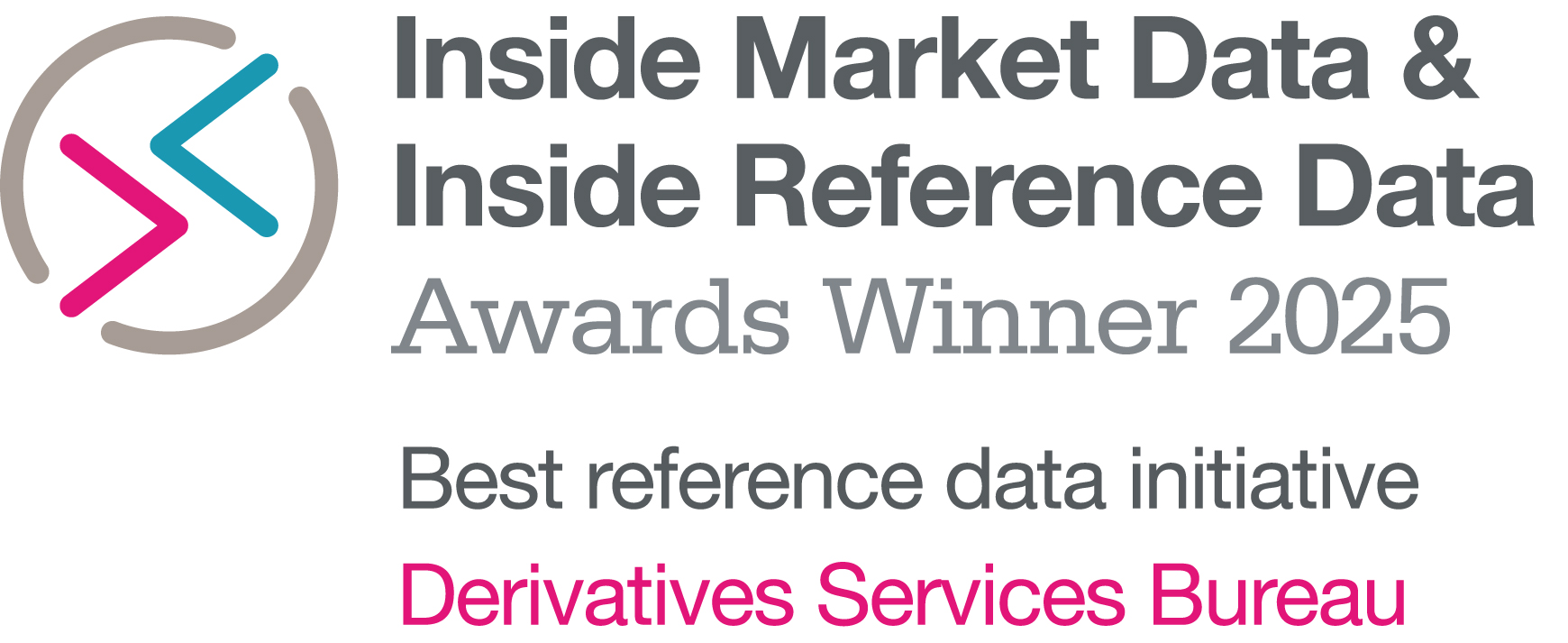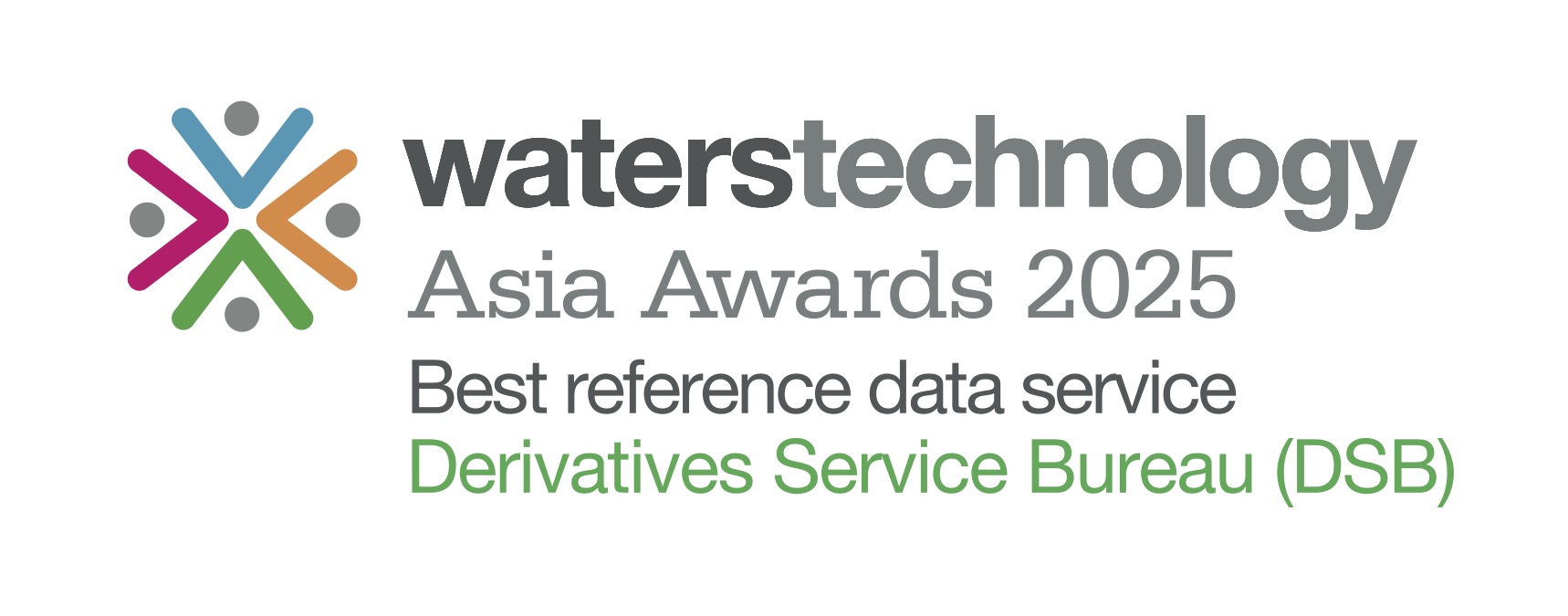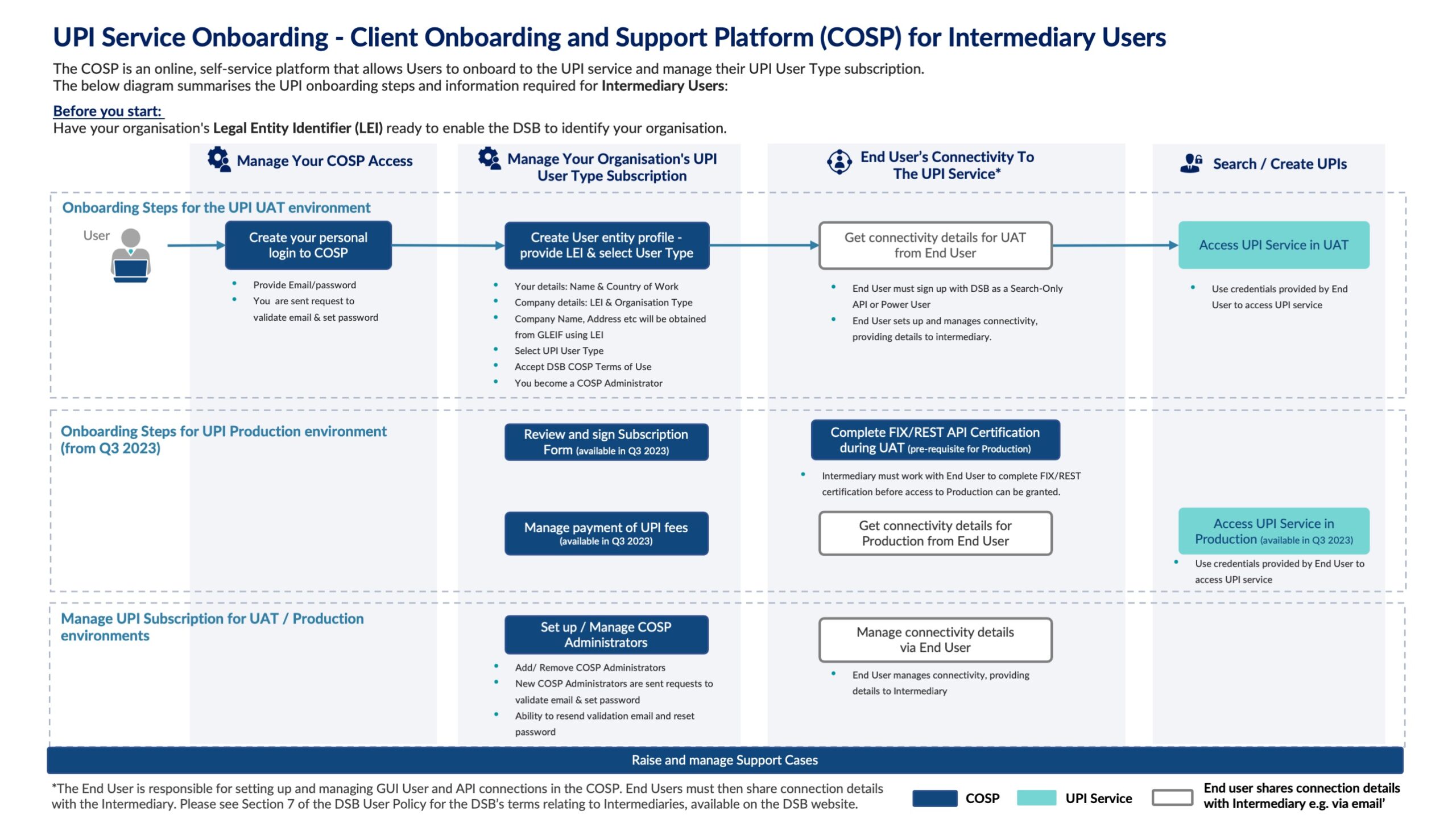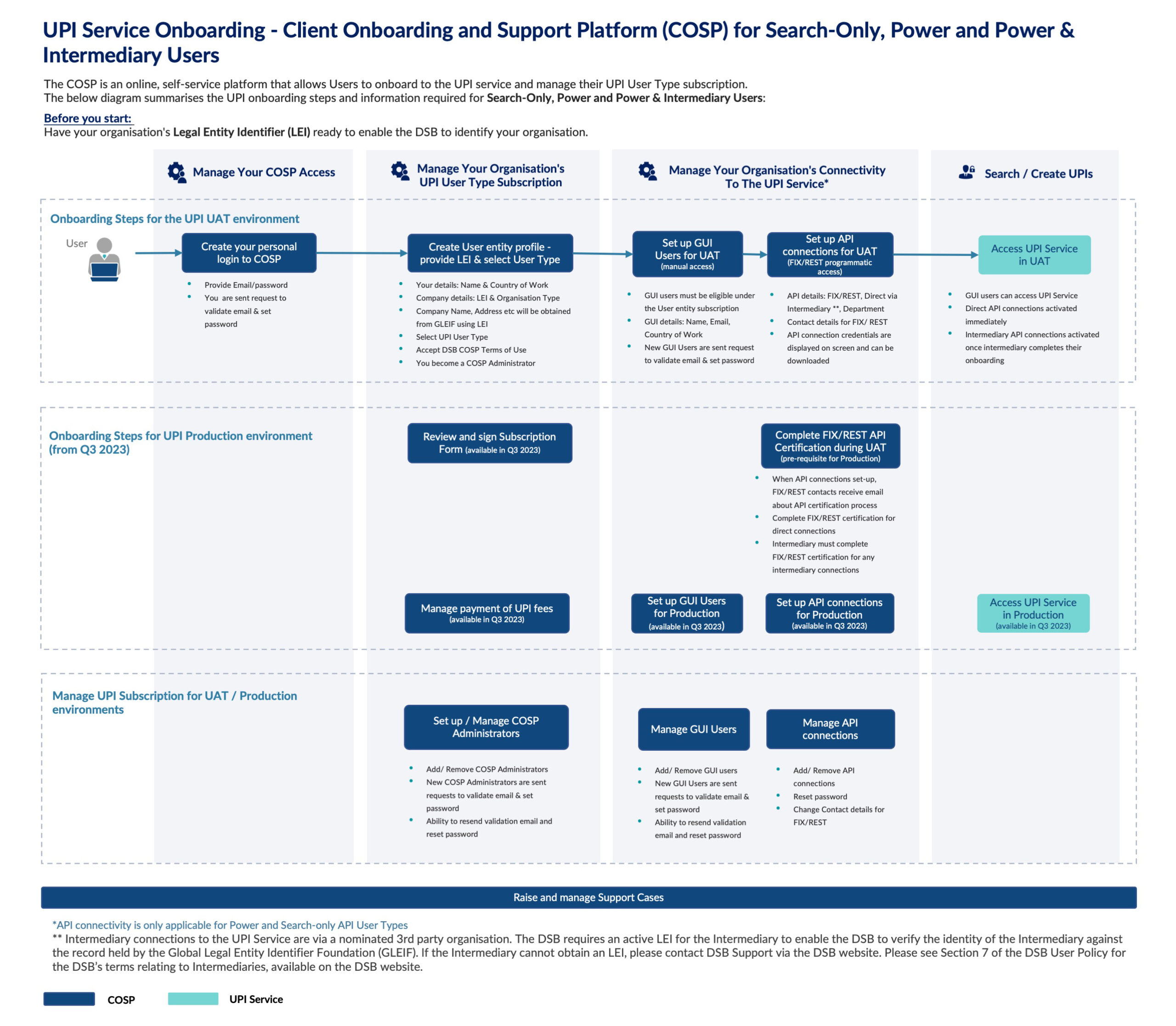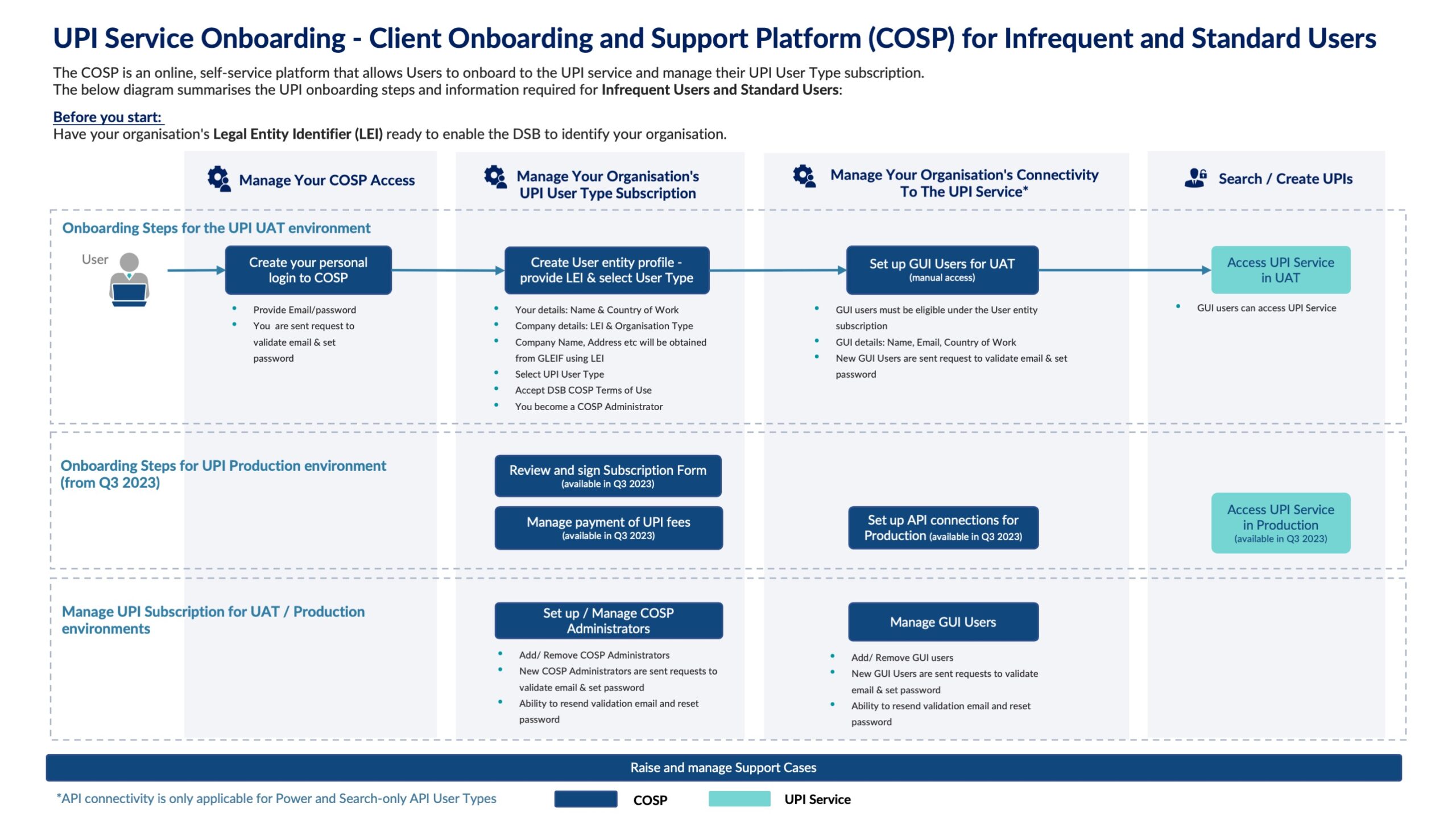During the outset of the Covid-19 pandemic and subsequent imposition of lockdown, the DSB continued to play its key role of enabling market participants to fulfill their regulatory obligations throughout. This involved respecting the needs of the user community and listening to them in order for the DSB as an organisation to assess how to move forward in the best way possible to allow stakeholders to continue to meet their needs.
At the beginning of lockdown, the first priority was for organisations to ensure teams were comfortable and addressing people’s need for stability, and the DSB moved quickly in concert with its industry forum, the Technology Advisory Committee. In the early days, everyone was trying to learn from everyone else: “What is going on right now? What have you heard? What is your expectation for how long we’re going to be home?”
After stability had been delivered and facilitated, the focus was very much now on the future and how best to adapt to it. The next step, therefore, was to ask what stability meant in terms of technology and data – how do you organise it and facilitate it, and utilise it to suit your organisational purposes? Ultimately, institutions need to shape the future to best suit their competitive strategies, and the cornerstone of this approach is data alignment and standardisation. Once established, organisations need to utilise this to streamline operations and save costs, but they also need to figure out how to apply artificial intelligence into end-to-end data flows, as well as future plans for potential new revenue sources.
DSB 2020 industry consultation shaping the 2021 service provision
It is important to note that responses to the DSB consultation flagged not only the importance of data and standardisation to our community, but that it was imperative to keep moving forward in a business-as-usual fashion. For example, the DSB will be making operational enhancements to facilitate users increasing their level of digitalisation and specifically robotic process automation. In other words, the way in which the DSB communicates day-to-day changes can help feed into the way the users themselves are evolving their organisations and their own technology platforms.
The industry also approved the DSB introducing two new service levels in terms of how DSB data is facilitated:
- Users will be able to subscribe to programmatically search and retrieve data at a much lower threshold reflecting the new types of institutions that are interested in accessing the DSB; and
- Users will be able to request a data snapshot on-demand for a time horizon and asset class of their choice, again reflecting users’ evolving needs.
Other areas of focus coming out of the consultation were cyber security-related, requesting cost-benefit analysis and a risk assessments of aspects of the DSB’s core technology infrastructure; potential enhancements to the instrument short name (FISN); as well as how the DSB intends to handle dispute resolution which is key in making sure all DSB users can be fairly treated.
Regulatory updates
A number of regulators conducted consultations this year, with more likely to come. Some of the ones that received particular focus were on the subjects of MiFID II non-equity transparency, EMIR Refit, Post Trade Data and Reporting, and last but not least, on Data & Recordkeeping by the CFTC. These cover a number of data standardisation aspects for OTC derivatives, including the future reporting of the Unique Product Identifier (UPI) in several jurisdictions. The DSB also continues to closely monitor the impact of Brexit on its service provision platform, with updates provided here on the DSB website: https://www.anna-dsb.com/brexit/
Users seeking more information about the DSB’s services are invited to visit the DSB website at https://www.anna-dsb.com/ or contact otc.data@anna-dsb.com.



